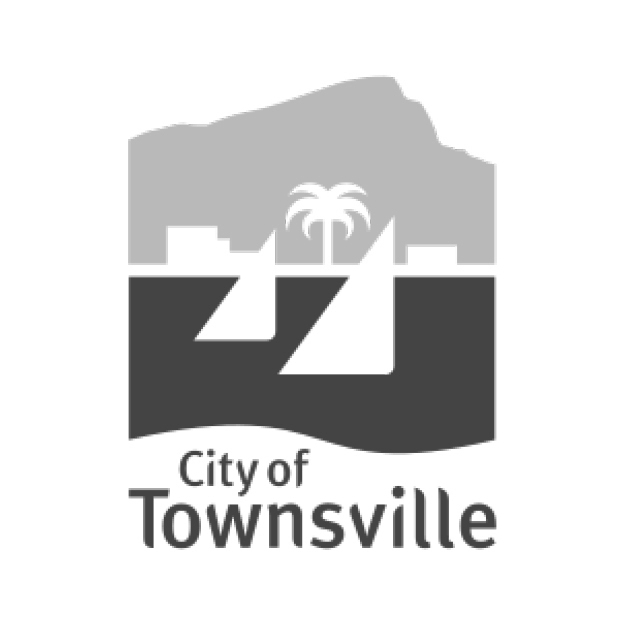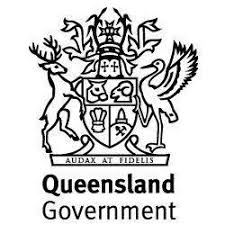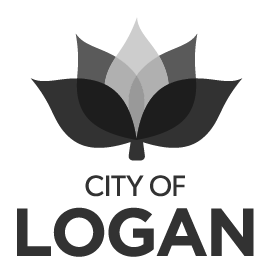State of Volunteering in Queensland
A new State of Volunteering in Queensland Report has just been released. A survey was sent to a random sample of Queensland residents aged 18 years and over. The survey asked a range of questions on individuals’ volunteering participation (both formal and informal), expenditure, motivations, barriers, impacts on employment, and future intentions.
“The principal finding is that, because the external benefits of volunteering exceed the social costs, the outcome is not inefficient, and that the volunteering of many yields a substantial social, cultural and economic ‘profit’ that is enjoyed by all”
Volunteering is defined in the report as ‘time willingly given for the common good and without financial gain’. This definition includes informal and formal volunteering. We’ve pulled together some of the interesting findings related to formal volunteering below. Formal volunteering includes volunteer-involving organisations (community-based, not-for-profit, government and commercial organisations). You can download the complete report here.
There were some significant differences in how Queenslanders volunteered between 2019 and 2020. Of course, the impacts of COVID-19 should be considered when reviewing this data and no trends can be assumed due to the atypical conditions during 2020. However, it is interesting to note that there was a 3.7% increase in the number of volunteers for not-for-profit organisations and a 5.3% decrease in the number of hours contributed by each volunteer per month. So more volunteers are contributing less hours each. That’s a trend we would like to see keep going. Too often we see the ‘same eight people’ (or SEPs) doing all the work, putting in long hours and getting burnt out. If we can continue to gain more volunteers and spread the work out, volunteer retention would improve, and overall we would see happier volunteers.
Unsurprisingly, there was a 15.2% increase in the number of volunteers who volunteered online or at home. The pandemic forced this increase, but if this change to online volunteering is normalised, there is potential to help bring in more volunteers and continue to reduce the hours per month each volunteer needs to contribute.
Here are a few stand out statistics for volunteer-involving organisations:
63.3% of volunteers listed that their motivation to volunteer was to help others.
57.7% of volunteers couldn’t volunteer more time because of other time commitments, and 38.9% of non-volunteers said they didn’t volunteer because they had no time.
74.9% of volunteers in volunteer-involving organisations are over 65 (Wow! Ok, we knew this statistic was going to be high, but there is still a surprising bias in the volunteering community towards older people).
Personally approaching participants, members and networks (word of mouth) is the most popular method by volunteer-involving organisations to recruit volunteers at 83.6%.
Personal connections and relationship building is the most popular methods used by volunteer-involving organisations to retain volunteers at 74.9%.
For those volunteers who have attended any of our volunteer training, you’ll be happy to know that our long-standing advice to use word-of-mouth recruitment strategies and to create meaningful relationships with volunteers has been strongly backed up by the latest statistics.
When directly asked about the top three priority areas of support volunteer-involving organisations felt they needed, the most significant response, at 38.8%, was volunteer management. With this in mind, and to celebrate National Volunteer Week, we are delighted to provide a FREE volunteer management plan template, to help you keep up the great work!




























